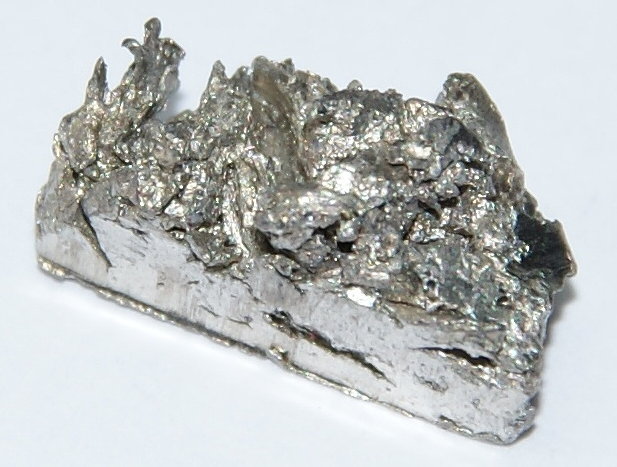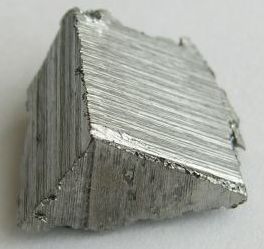Relative Atomic Mass: 180.94788
Electronegativity: 1.50
Atomic Radius (Picometers): 145Appearance: Blue-Grey
Occurrence: Natural
Occurrence: Natural
Melting Point (Kelvin): 3290
Boiling Point (Kelvin): 5731
Stable Isotopes: 181
Discoverer: Anders Ekeberg in 1802
Properties: Ductile, Hard
First Use: Unknown
Modern Uses: Electronics, Alloys

Picture Courtesy of Alchemist-hp
©2011 Grant Dwyer







